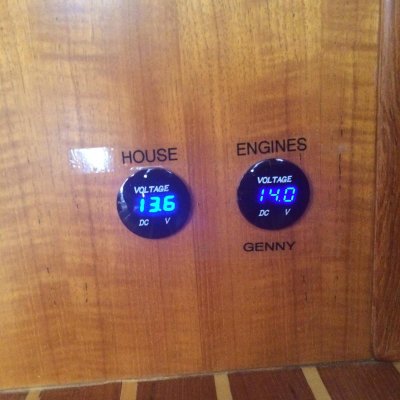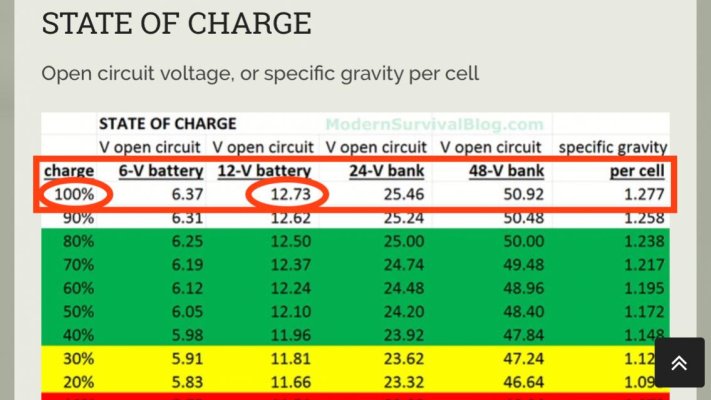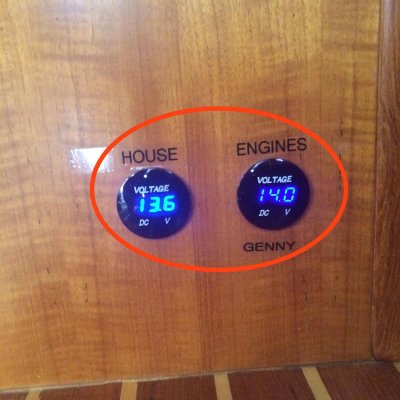RonHurd
Newbie
I was reading a related thread on battery testers and wanted to switch the discussion to battery monitoring.
We have a house bank (8-6 volt series) and 2 starter banks (2-12 volt parallel) on our Cheoy Lee 46 Trawler. I recently changed all the batteries and want to install a monitoring system that will allow me to know the % of discharge, reserve and to monitor actual amp draw.
I would appreciate any advice or recommendations as anything having to do with electricity is like black magic to me.
Thanks,
Ron Hurd
M/V Shangri La
46 Cheoy Lee Trawler
We have a house bank (8-6 volt series) and 2 starter banks (2-12 volt parallel) on our Cheoy Lee 46 Trawler. I recently changed all the batteries and want to install a monitoring system that will allow me to know the % of discharge, reserve and to monitor actual amp draw.
I would appreciate any advice or recommendations as anything having to do with electricity is like black magic to me.
Thanks,
Ron Hurd
M/V Shangri La
46 Cheoy Lee Trawler








